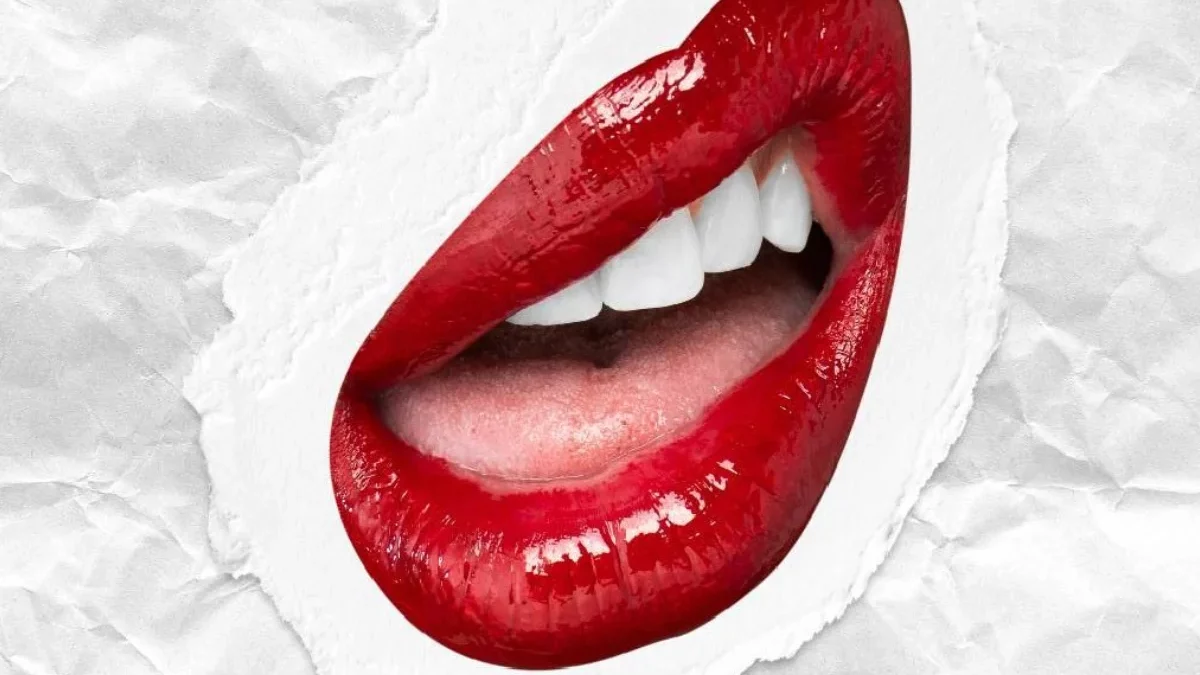Artists have long searched for new pop art forms and unexpected materials to convey their aesthetic beliefs, as evidenced throughout art history. Various avant-garde groups that emerged in the early twentieth century radically challenged established perceptions of art.
Artists from these progressive groups offered new non-artistic materials as suitable art media, such as books, magazines, clothing, household things and many other common objects, claiming that genuine artists can create artworks out of anything. Such was the case with Pop Art in the 1960s. This is how mixed media art came to be, ushering in a thrilling new period in the evolution of art.
However, art is fluctuant, and you can never be sure of what will become part of its history, kind of like an over under bet. So, will the new technologies being use to create art nowadays change the way art is produce?
Is Pop Art Reborn?
Pop Art was a huge movement in the 1960s thanks to iconic artists like Andy Warhol, who defined, or rather broke, all the rules. The main idea of this movement was to draw inspiration from popular and commercial culture. It was a protest against the traditional art instances, which imposed a certain view of art.
Over the past decades, pop culture has become a staple of our society. With nerd culture and the success of film franchises like the MCU (Marvel Cinematic Universe), pop culture is now widely accepted in entertainment. Artists embraced this culture and tried to connect with their audiences with creations revolving around these iconic figures.
New Techniques, Old Ideas
Despite new technologies defining new ways to create, what’s represented is quite often limited to things people are familiar with. You can find artists using numeric drawing tools, 3D printing or even videos; however, they often depict what can be designated as new mythological figures like superheroes or fictional characters from popular shows and movies.
Moreover, hyperconnectivity increased the pace at which we consume products, and trends fade quicker than ever. Artists feel the need to follow these trends to gain exposure and make a living, which wasn’t a priority back in the 1960s. Unfortunately, this means that the content is rehashe repeatedly. People want artists to express their style on request on the latest popular thing, which can damage these artists’ creativity in the long run.
However, contrary to common stereotypes, this isn’t technology that’s changing artists’ inspirations, but the way people use it. Consumption conflicts with creativity, and while it makes it more accessible, it also makes it less important. Let’s not forget that art should always convey a message, even if the message has no message.
Can NFTs Be the Savior of Art?
NFTs (Non-Fungible Tokens) present an interesting challenge to explain and understand because it’s the first time in the history of the internet that something is truly unique, like a physical object. In a world where everything is a copy of a copy, defining ownership is a bold statement. What do you own? Is the image yours, or is it the idea behind it? If I screenshot the art, is it mine?
The NFT solves two important issues about art: it’s almost impossible to steal, and you can always track back every transaction. However, it also creates a few problems, the main one being speculation. Everyone got excited and started buying and selling these art pieces, which needlessly drove prices up. This wouldn’t be an issue with traditional art pieces. But it’s problematic with NFTs because the numeric format allows everyone to create an NFT and sell it on. Moreover, people will buy it not for the art itself, but for the potential benefits.

